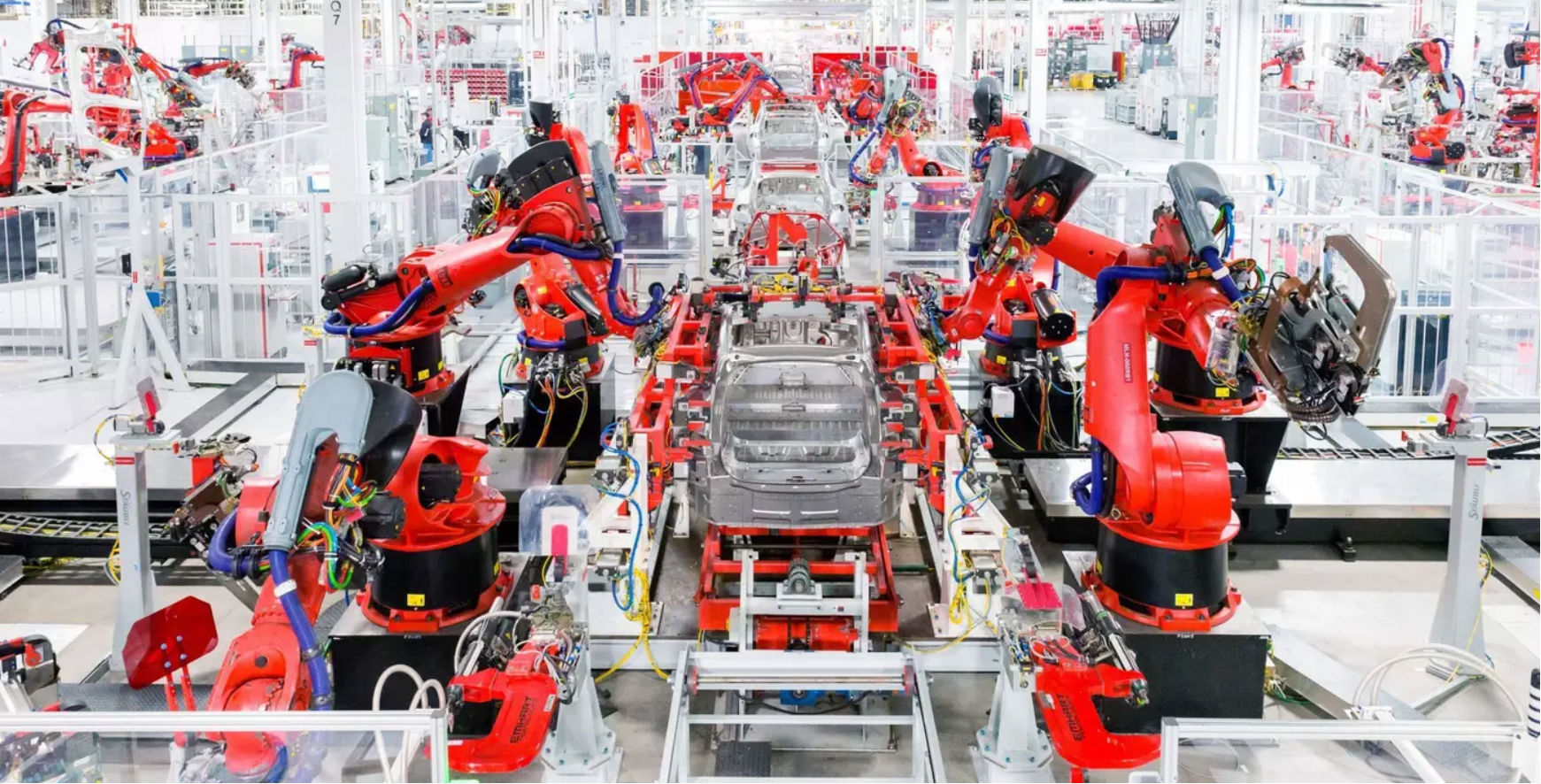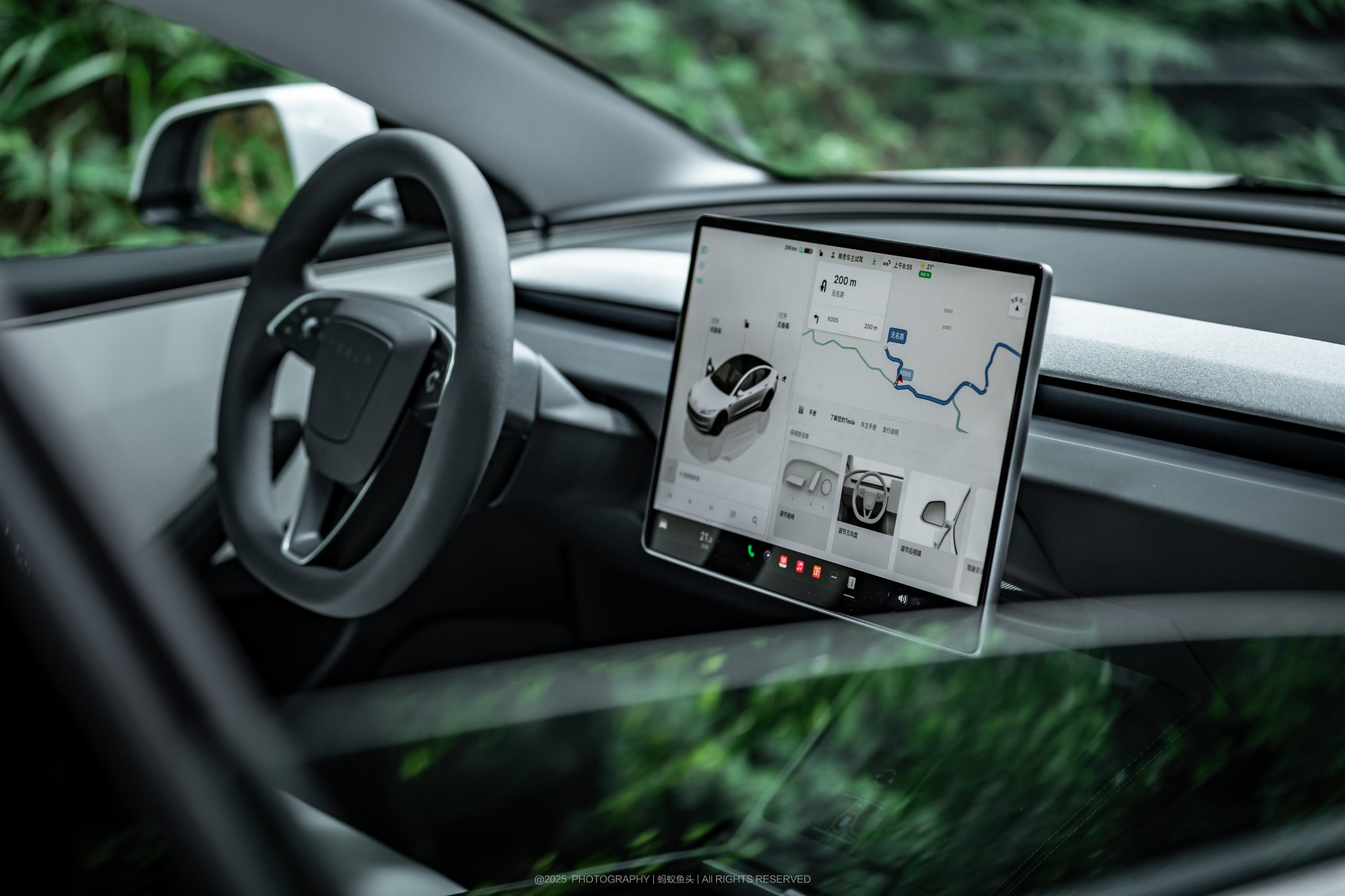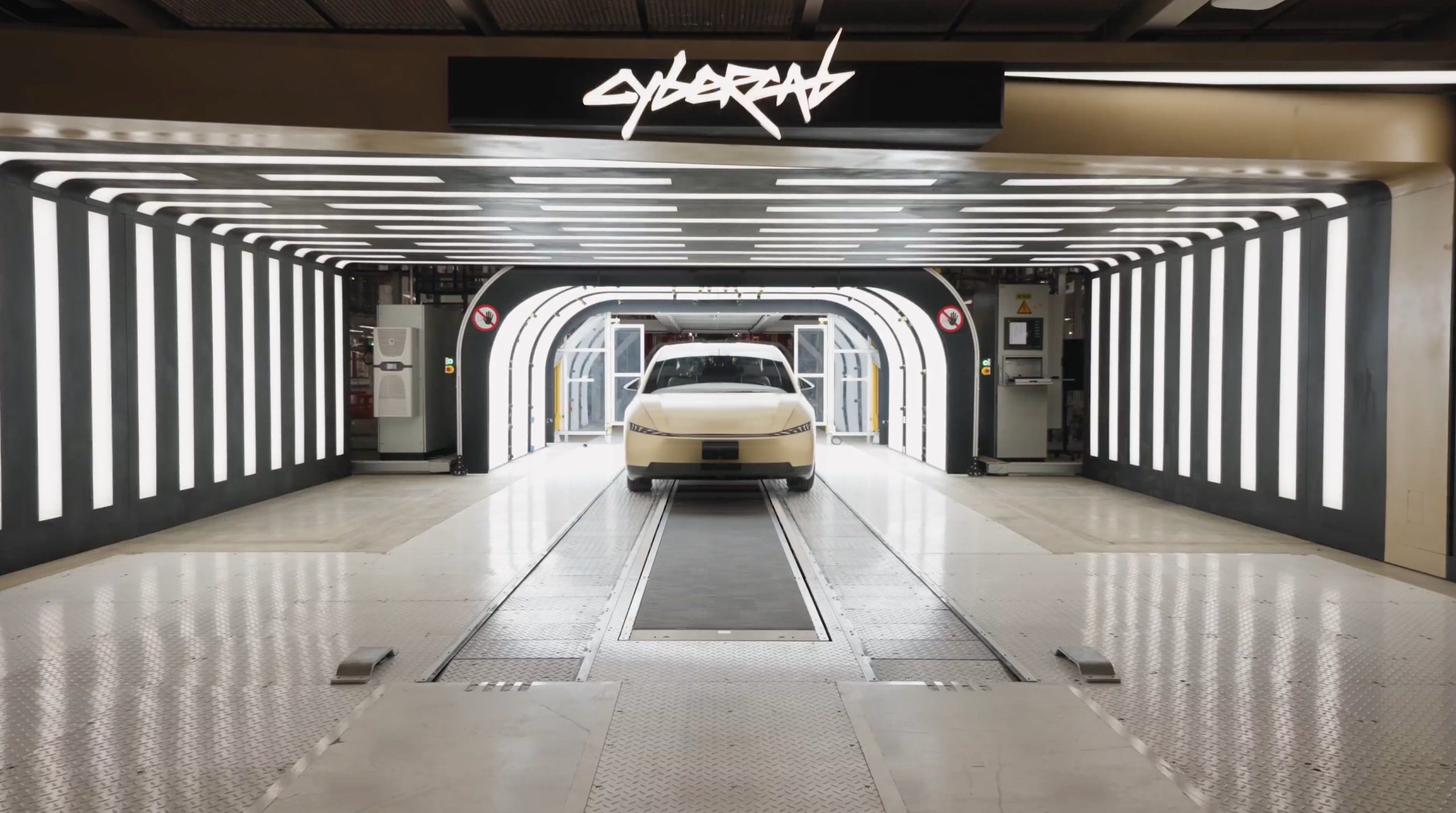

Investor's Corner
Tesla (TSLA) drops in the aftermath of Q1 earnings: Here’s Wall St’s take
Tesla stock (NASDAQ:TSLA) experienced a 3% drop on Thursday’s intraday as the electric car maker felt the aftermath of its Q1 2019 earnings. The company posted a loss of $702 million or $4.10 a share in the first quarter, which is almost comparable to Q1 2018’s loss of $4.19 per share.
Tesla CEO Elon Musk and the company’s executives explained during the Q1 2019 earnings call that the company’s lower-than-expected performance was due to one-time items and circumstances such as delivery delays for the Model 3 in Europe and China. With Tesla back in the red, here is what Wall Street analysts are now saying.
Wedbush analyst Daniel Ives, a longtime TSLA bull, downgraded Tesla from “Outperform” to “Neutral” while adjusting his price target for the company from $365 per share to a far more conservative $275 per share. Ives also penned a scathing note on Thursday, calling Tesla’s Q1 results as one of the “top debacles” Wedbush has ever seen, and criticizing the company’s executives for their belief that demand and profitability will “magically” return in the coming quarters.
“In our 20 years of covering tech stocks on the Street, we view this quarter as one of the top debacles we have ever seen while Musk & Co. in an episode out of the Twilight Zone act as if demand and profitability will magically return to the Tesla story. Ultimately we believe the company’s guidance is aggressive and management/board is not taking aggressive enough cost-cutting actions and shutting down future endeavors to preserve capital and give a sustained path to profitability for the Street. We no longer can look investors in the eye and recommend buying this stock at current levels until Tesla starts to take its medicine and focus on the reality around demand issues which is the core focus of investors,” Ives wrote.
Ryan Brinkman of JP Morgan noted that a negative reaction was already expected considering Elon Musk’s previous comments about Tesla’s inability to turn a profit in Q1. Brinkman, who has an “Underweight” rating and a $200 price target on TSLA stock, also pointed out Tesla’s willingness to do a capital raise this year. “Management also seemed less opposed to an equity capital raise, acknowledging “some merit” to the idea, which in our view serves to highlight dilution risk that likely rises after 1Q cash flow and cash balance tracked weaker than JPM and consensus expectations. While 2Q deliveries guidance appears potentially aggressive, the full year outlook for 360-400K implies a further roughly +35% to +45% sequential increase from 1H19 to 2H19, further highlighting the execution risk entailed in meeting the figures that are implied needed to generate positive earnings and cash flow,” he wrote.
Joseph Spak from RBC noted that Tesla’s Q1 numbers were “uglier than expected,” while stating that a capital raise will likely be held this year. Similar to Brinkman, Spak reiterated his “Underweight” rating and $200 price target for Tesla stock. “Elon talked about putting Tesla on a ‘Spartan diet’ and while we don’t doubt the company spent inefficiently in the past, the low capex+R&D and of course the lower sales, are not hallmarks of a hyper-growth company, yet TSLA continues to be valued as one,” he wrote.
Evercore ISI analyst Arndt Ellinghorst also proved bearish on the company, expressing his reservations about Tesla in a segment of CNBC‘s Street Signs. The analyst was skeptical of the demand for Tesla’s vehicles, even noting that the Model S sedan and the Model X SUV are already starting to look “quite old.” “If you claim that demand is huge and unlimited then the key question is, why do you lower your mix? Why do you lower your pricing? I mean the S and the X are quite advanced in any normal life cycle of a product so they would really need a significant refresh in order to restore the pricing. The brand will be less exclusive than it has been in the past,” the Evercore ISI analyst said.
Not all analysts covering the company were bearish after Tesla’s release of its first-quarter results. In a note, Piper Jaffray analyst Alexander Potter opted to look into the coming quarters for a potential recovery, while pointing out that Tesla’s shortcomings in Q1 were the result of several factors. “Although logistical challenges—long with lower transaction prices—had an obvious impact on Q1 profitability, we think this was temporary,” analyst Alexander Potter wrote in a note. “Guidance implies a second-half recovery for both deliveries and margins, and this seems reasonable to us. The first quarter suffered from a particularly nasty combination of headwinds, including seasonality, a big buildup of non-US deliveries (negative for logistics costs and working capital), as well as the expiration of tax incentives in the United States,” Potter wrote.
As of writing, Tesla is trading down -3.35% at $250.00 per share.
Disclosure: I have no ownership in shares of TSLA and have no plans to initiate any positions within 72 hours.

Investor's Corner
Tesla Full Self-Driving statistic impresses Wall Street firm: ‘Very close to unsupervised’
The data shows there was a significant jump in miles traveled between interventions as Tesla transitioned drivers to v14.1 back in October. The FSD Community Tracker saw a jump from 441 miles to over 9,200 miles, the most significant improvement in four years.

Tesla Full Self-Driving performance and statistics continue to impress everyone, from retail investors to Wall Street firms. However, one analyst believes Tesla’s driving suite is “very close” to achieving unsupervised self-driving.
On Tuesday, Piper Sandler analyst Alexander Potter said that Tesla’s recent launch of Full Self-Driving version 14 increased the number of miles traveled between interventions by a drastic margin, based on data compiled by a Full Self-Driving Community Tracker.
🚨 Piper Sandler reiterated its Overweight rating and $500 PT on Tesla $TSLA stock
Analyst Alexander Potter said FSD is near full autonomy and latest versions showed the largest improvement in disengagements, from 440 miles to 9,200 miles between critical interventions pic.twitter.com/u4WCLfZcA9
— TESLARATI (@Teslarati) December 9, 2025
The data shows there was a significant jump in miles traveled between interventions as Tesla transitioned drivers to v14.1 back in October. The FSD Community Tracker saw a jump from 441 miles to over 9,200 miles, the most significant improvement in four years.
Interestingly, there was a slight dip in the miles traveled between interventions with the release of v14.2. Piper Sandler said investor interest in FSD has increased.
Full Self-Driving has displayed several improvements with v14, including the introduction of Arrival Options that allow specific parking situations to be chosen by the driver prior to arriving at the destination. Owners can choose from Street Parking, Parking Garages, Parking Lots, Chargers, and Driveways.
Additionally, the overall improvements in performance from v13 have been evident through smoother operation, fewer mistakes during routine operation, and a more refined decision-making process.
Early versions of v14 exhibited stuttering and brake stabbing, but Tesla did a great job of confronting the issue and eliminating it altogether with the release of v14.2.
Tesla CEO Elon Musk also recently stated that the current v14.2 FSD suite is also less restrictive with drivers looking at their phones, which has caused some controversy within the community.
Although we tested it and found there were fewer nudges by the driver monitoring system to push eyes back to the road, we still would not recommend it due to laws and regulations.
Tesla Full Self-Driving v14.2.1 texting and driving: we tested it
With that being said, FSD is improving significantly with each larger rollout, and Musk believes the final piece of the puzzle will be unveiled with FSD v14.3, which could come later this year or early in 2026.
Piper Sandler reaffirmed its $500 price target on Tesla shares, as well as its ‘Overweight’ rating.
Investor's Corner
Tesla gets price target boost, but it’s not all sunshine and rainbows

Tesla received a price target boost from Morgan Stanley, according to a new note on Monday morning, but there is some considerable caution also being communicated over the next year or so.
Morgan Stanley analyst Andrew Percoco took over Tesla coverage for the firm from longtime bull Adam Jonas, who appears to be focusing on embodied AI stocks and no longer automotive.
Percoco took over and immediately adjusted the price target for Tesla from $410 to $425, and changed its rating on shares from ‘Overweight’ to ‘Equal Weight.’
Percoco said he believes Tesla is the leading company in terms of electric vehicles, manufacturing, renewable energy, and real-world AI, so it deserves a premium valuation. However, he admits the high expectations for the company could provide for a “choppy trading environment” for the next year.
He wrote:
“However, high expectations on the latter have brought the stock closer to fair valuation. While it is well understood that Tesla is more than an auto manufacturer, we expect a choppy trading environment for the TSLA shares over the next 12 months, as we see downside to estimates, while the catalysts for its non-auto businesses appear priced at current levels.”
Percoco also added that if market cap hurdles are achieved, Morgan Stanley would reduce its price target by 7 percent.
Perhaps the biggest change with Percoco taking over the analysis for Jonas is how he will determine the value of each individual project. For example, he believes Optimus is worth about $60 per share of equity value.
He went on to describe the potential value of Full Self-Driving, highlighting its importance to the Tesla valuation:
“Full Self Driving (FSD) is the crown jewel of Tesla’s auto business; we believe that its leading-edge personal autonomous driving offering is a real game changer, and will remain a significant competitive advantage over its EV and non-EV peers. As Tesla continues to improve its platform with increased levels of autonomy (i.e., hands-off, eyes-off), it will revolutionize the personal driving experience. It remains to be seen if others will be able to keep pace.”
Additionally, Percoco outlined both bear and bull cases for the stock. He believes $860 per share, “which could be in play in the next 12 months if Tesla manages through the EV-downturn,” while also scaling Robotaxi, executing on unsupervised FSD, and scaling Optimus, is in play for the bull case.
Will Tesla thrive without the EV tax credit? Five reasons why they might
Meanwhile, the bear case is placed at $145 per share, and “assumes greater competition and margin pressure across all business lines, embedding zero value for humanoids, slowing the growth curve for Tesla’s robotaxi fleet to reflect regulatory challenges in scaling a vision-only perception stack, and lowering market share and margin profile for the autos and energy businesses.”
Currently, Tesla shares are trading at around $441.
Investor's Corner
Tesla bear gets blunt with beliefs over company valuation

Tesla bear Michael Burry got blunt with his beliefs over the company’s valuation, which he called “ridiculously overvalued” in a newsletter to subscribers this past weekend.
“Tesla’s market capitalization is ridiculously overvalued today and has been for a good long time,” Burry, who was the inspiration for the movie The Big Short, and was portrayed by Christian Bale.
Burry went on to say, “As an aside, the Elon cult was all-in on electric cars until competition showed up, then all-in on autonomous driving until competition showed up, and now is all-in on robots — until competition shows up.”
Tesla bear Michael Burry ditches bet against $TSLA, says ‘media inflated’ the situation
For a long time, Burry has been skeptical of Tesla, its stock, and its CEO, Elon Musk, even placing a $530 million bet against shares several years ago. Eventually, Burry’s short position extended to other supporters of the company, including ARK Invest.
Tesla has long drawn skepticism from investors and more traditional analysts, who believe its valuation is overblown. However, the company is not traded as a traditional stock, something that other Wall Street firms have recognized.
While many believe the company has some serious pull as an automaker, an identity that helped it reach the valuation it has, Tesla has more than transformed into a robotics, AI, and self-driving play, pulling itself into the realm of some of the most recognizable stocks in tech.
Burry’s Scion Asset Management has put its money where its mouth is against Tesla stock on several occasions, but the firm has not yielded positive results, as shares have increased in value since 2020 by over 115 percent. The firm closed in May.
In 2020, it launched its short position, but by October 2021, it had ditched that position.
Tesla has had a tumultuous year on Wall Street, dipping significantly to around the $220 mark at one point. However, it rebounded significantly in September, climbing back up to the $400 region, as it currently trades at around $430.
It closed at $430.14 on Monday.








